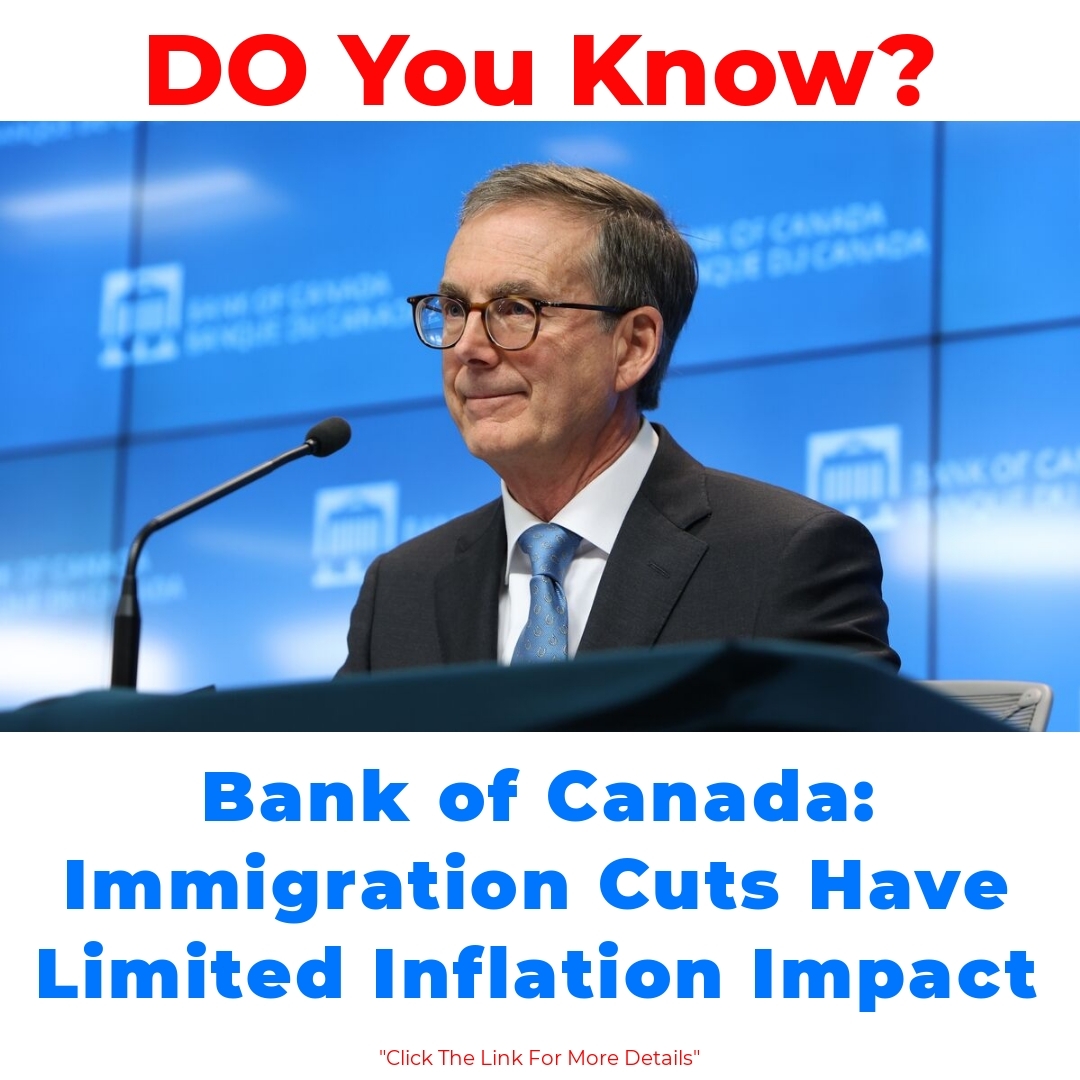The Bank of Canada Governor plays a critical role in shaping Canada’s economic outlook. Recently, Tiff Macklem has emphasized immigration’s significance in the country’s economic strategy, pointing out that adjustments to immigration targets have a modest impact on overall economic growth. This article explores his insights regarding immigration and its implications for Canada’s economy.

Tiff Macklem’s Views on Immigration Targets
Tiff Macklem, as the Bank of Canada Governor, has made it clear that he sees immigration as a vital part of Canada’s economic framework. Recently, he addressed the federal government’s decisions concerning immigration targets. Macklem acknowledged that while trimming these targets might seem like a straightforward solution, the actual impact on economic growth is quite modest. It’s essential to view immigration not just as a statistic, but as a fundamental component of Canada’s broader economic strategy.
Macklem explained that a stable influx of immigrants supports various sectors of the economy. By filling gaps in the labor market, newcomers contribute significantly to productivity and overall growth. Thus, when policymakers consider adjusting immigration targets, they must also weigh how these changes could influence long-term economic viability.
The Economic Impact of Immigration Targets
Altering immigration targets can have several effects on economic growth in Canada. An increase in skilled workers from diverse backgrounds often leads to innovation and entrepreneurship, driving the economy forward. Conversely, if targets are lowered too significantly, there is a risk of labor shortages, which can stifle growth.
Moreover, the relationship between immigration and the labor market is crucial. When the government facilitates immigration, it can fill crucial positions in various industries, from technology to agriculture. Over the long term, this can lead to a more dynamic labor force, fostering resilience and adaptability in the face of economic challenges.
The Relationship Between Immigration and Inflation
Tiff Macklem has also shed light on the connection between immigration and inflation. He pointed out that immigration has a limited effect on current inflation trends. While immigration can enhance labor supply, which is generally viewed as a positive influence, there are many factors beyond immigration that contribute to inflation rates.
According to Macklem, inflation is a complex phenomenon influenced by a range of elements, including supply chain issues and global commodity prices. He emphasizes that encouraging economic growth while managing inflation requires a nuanced understanding of these dynamics. By fostering strong economic growth through immigration, Canada can create a buffer against inflationary pressures.
Conclusion
In conclusion, Tiff Macklem’s insights as the Bank of Canada Governor highlight the multi-faceted impact of immigration on Canada’s economy. Adjusting immigration targets is a delicate balance, and while the effects may seem modest, they contribute to the larger economic picture.
As Canada continues to navigate its economic future, it’s essential for policymakers to consider not just immigration policy, but also how those policies align with strategies for sustainable economic growth. Understanding these relationships will be critical for ensuring the country’s long-term stability and prosperity.
Frequently Asked Questions
Why does Tiff Macklem believe immigration is important for Canada’s economy?
Tiff Macklem sees immigration as a crucial element of Canada’s economic framework. He believes that a steady flow of immigrants helps fill labor market gaps, which in turn boosts productivity and overall economic growth.
What happens if Canada lowers its immigration targets?
Lowering immigration targets might seem like a simple solution, but it can lead to modest economic growth. If targets are cut too much, it could result in labor shortages that hinder economic development.
How do immigrants contribute to Canada’s workforce?
Newcomers bring diverse skills and backgrounds that enhance innovation and entrepreneurship. This diversity contributes to a more dynamic labor force, fostering resilience in various sectors, from technology to agriculture.
Is there a link between immigration and inflation?
Macklem states that immigration has a limited impact on current inflation rates. While an increased labor supply from immigration can have a positive effect, many other factors contribute to inflation, such as supply chain issues and global commodity prices.
How can immigration help manage inflation?
By increasing economic growth through immigration, Canada can create a buffer against inflationary pressures. This helps maintain a more stable economic environment while pursuing growth opportunities.
What should policymakers consider when adjusting immigration targets?
When considering changes to immigration targets, policymakers should evaluate the potential long-term effects on economic viability and how these adjustments align with strategies for sustainable growth.





